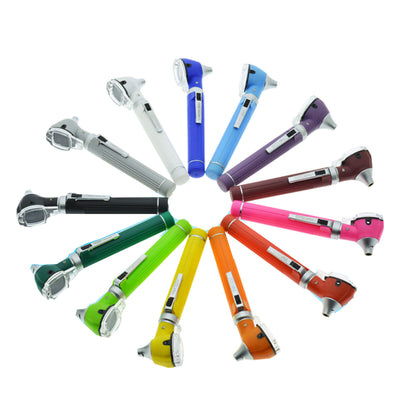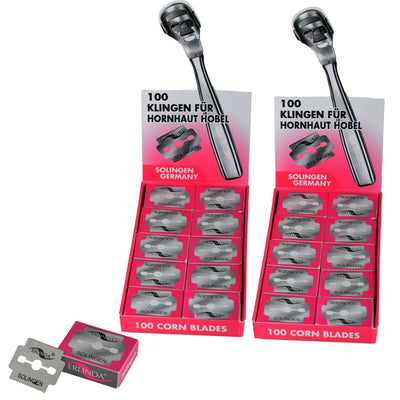How to Keep Your Nails and Legs Clean from Infections and Calluses
Maintaining healthy nails and legs is essential for overall hygiene and well-being. Neglecting them not only affects your appearance but can also lead to painful infections and bothersome calluses. Fortunately, with proper care and some simple habits, you can keep your nails and legs clean and healthy. Here’s how to achieve this:
- Maintain a Clean Routine
-
Wash Your Hands and Feet Regularly
Start with the basics: wash your hands and feet daily with soap and water. Be sure to clean under your nails, as dirt and bacteria can accumulate there. -
Dry Thoroughly
After washing, dry your hands and feet completely, especially between your toes. Moist environments can promote the growth of fungi and bacteria, leading to infections. - Trim Your Nails Properly
-
Regular Trimming
Keep your nails trimmed to a moderate length, ideally just above the fingertip for fingers and straight across for toes. This reduces the risk of breakage and prevents dirt accumulation. Find the best offers here -
Use Clean Tools
Always use clean clippers and nail files. Disinfect them regularly to avoid transferring bacteria and fungi from one nail to another. - Moisturize to Prevent Calluses
-
Use a Good Moisturizer
Apply moisturizer to your legs and feet daily, focusing on areas prone to dryness. Look for creamy, emollient-rich formulas that keep the skin hydrated. -
Exfoliate Regularly
Exfoliate your legs and feet 1-2 times a week to remove dead skin cells. You can use a pumice stone, foot scrub, or exfoliating foot mask to help prevent the buildup of calluses. Find out which is best for your skin. - Protect Your Feet
-
Choose the Right Footwear
Ill-fitting shoes can lead to foot problems, including calluses and infections. opt for well-fitted shoes that provide ample room for your toes and adequate support. -
Avoid Walking Barefoot
Walking barefoot in public spaces, such as pools or gym showers, can expose your feet to fungal infections such as athlete's foot. Wear flip-flops or protective footwear in such areas. - Watch for Signs of Infection
-
Monitor Changes
Keep an eye on your nails and legs for any signs of infection, such as redness, swelling, or pus. Early detection can prevent more serious issues from developing. -
Seek Professional Help
If you notice persistent pain, discoloration, or any unusual symptoms, consult a healthcare professional. Early diagnosis is key to effective treatment. - Nutrition Matters
Healthy nails and skin require proper nutrition. Ensure you consume a balanced diet rich in vitamins and minerals, especially:
- Biotin: Found in eggs, nuts, and seeds, biotin promotes nail strength and health.
- Zinc: Important for nail growth, zinc is found in meat, beans, and whole grains.
- Omega-3 Fatty Acids: Present in fish and flaxseeds, omega-3s help keep your skin supple and hydrated.
- Consider Professional Care
If you find it challenging to manage nail and leg health on your own, consider visiting a professional. A podiatrist or dermatologist can provide specialized care, advice, and treatments tailored to your needs.
Conclusion
Keeping your nails and legs clean and free from infections and calluses is a vital part of self-care. By establishing a thorough hygiene routine, monitoring for any changes, and investing in your overall health, you’ll not only ensure that your nails and legs look great but also promote long-term health and comfort. Remember, a little daily care goes a long way!


















